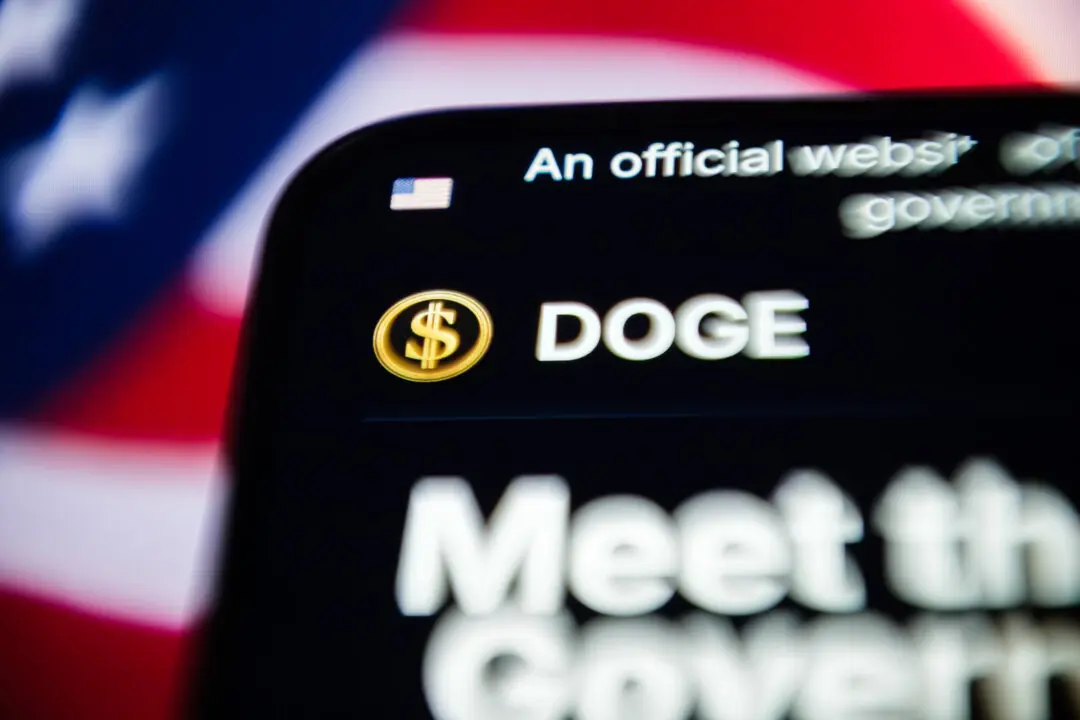American consumers have grown more pessimistic as inflation fears surged to a 22-year high, flashing a warning sign for the U.S. economy.
The University of Michigan’s closely watched consumer sentiment gauge fell by 4 percentage points in November, to a reading of 61.3 percent.





